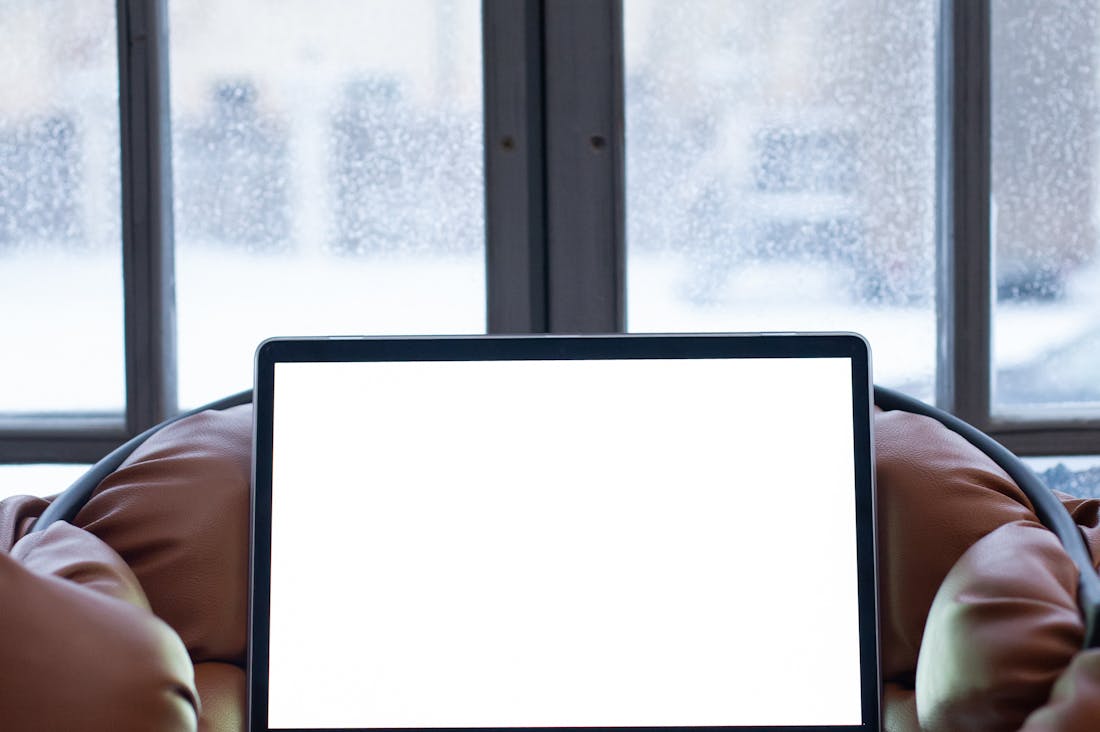In today's fast-paced world, the way we work has dramatically transformed, with home offices becoming a central feature of modern life. Improving productivity in this environment is essential for success and well-being. By integrating smart solutions—such as advanced technology, ergonomic furniture, and efficient organization strategies—we can create an optimal workspace that fosters focus, creativity, and efficiency. Discover how these innovative approaches can enhance your home office experience, making remote work not only productive but also enjoyable.

Best Tools for Remote Collaboration
In today’s digital landscape, the best tools for remote collaboration are essential for fostering productivity and teamwork across distances. Tools like Slack and Microsoft Teams facilitate seamless communication, enabling teams to chat, share files, and hold video meetings in real time. Project management software such as Trello and Asana helps organize tasks, assign responsibilities, and track progress, ensuring that everyone stays aligned. For document collaboration, Google Workspace allows multiple users to work on files simultaneously, streamlining the editing process. Additionally, tools like Zoom offer reliable video conferencing capabilities, helping teams connect on a more personal level despite physical separation. Embracing these tools can significantly enhance workflow efficiency and team cohesion in remote settings.

Ergonomics and Comfort in Your Workspace
Ergonomics plays a critical role in enhancing comfort and productivity in the workplace. By designing workspaces that accommodate the natural movements and postures of the human body, employees can reduce their risk of strain and injury. Key elements include adjustable furniture, such as desks and chairs, which allow users to maintain a proper posture while working. Proper placement of monitors and keyboards also minimizes neck and wrist strain. Additionally, incorporating breaks and encouraging movement throughout the day are essential to maintaining physical health and mental focus. Ultimately, a well-designed ergonomic workspace fosters creativity, efficiency, and overall employee well-being, contributing to a healthier work environment.

Managing Distractions in a Home Environment
Managing distractions in a home environment is essential for maintaining productivity, especially given the rise of remote work and online education. To create a focused atmosphere, it’s crucial to establish a designated workspace that minimizes interruptions. This space should be free from noise and clutter and equipped with necessary tools and resources. Setting clear boundaries with family members or roommates can also help, communicating the importance of uninterrupted time during work hours. Implementing specific time management techniques, such as the Pomodoro Technique, can enhance concentration by balancing work periods with short breaks. Additionally, limiting digital distractions—such as social media and unnecessary notifications—can significantly improve focus, allowing for a more productive home environment.
AI-Assisted Content Disclaimer
This article was created with AI assistance and reviewed by a human for accuracy and clarity.